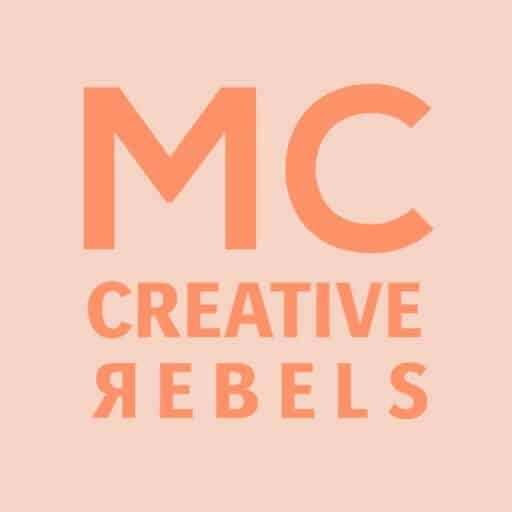Felting Techniques - A Concise Overview to help you get started with felting (needle felting or wet felting).
Welcome to Meaningful Crafts, where we love all things wool and felting! We have an extensive range of over 220 colours of wool and 16 types of undyed wool, ready for your creative projects. If felting piques your interest, you've come to the right place. In this article, we provide an overview of the different felting techniques and supplies so you can get started right away.
A Brief History of Felt
Felt, a textile made from wool, is considered one of the oldest known textiles. Legends about the origin of felt can be found in different cultures. A well-known story is that of Saint Clement and Saint Christopher, who put wool in their sandals to prevent blisters. Walking and sweating turned the wool into felt socks. This ancient technique evolved over the centuries into the art form we know today.
Wet Felting - An Art Form
What you need to wet-felt:
- High quality wool
- Water (in a spray ball or bucket)
- Soap
- Bubble wrap
- Mat, towel, tray
Wet felting is a process where you use wool, water and soap to make different objects. It is important to have a working surface that can get wet, such as a bowl or towel. In wet felting, you place layers of wool on a piece of bubble wrap and sprinkle it with hot soapy water. By rubbing and rolling the wool, the fibres stick together and a felted fabric is created.
Starting wet-felting:
- Lay the wool in layers on the bubble wrap.
- Drizzle with hot soapy water and rub the wool firmly.
- Roll up and keep rubbing until the fibres adhere well together.
- Rinse the felt and let it dry.
Dry Felting - 3D Sculpture Making
What you need to needle felt:
- Wool (for beginners, we recommend card fleece on)
- Felting Needles (with barbs)
- Felt mat or foam block
- Finger guards (optional)
Dry felting, or needle felting, is a technique in which you shape wool by pricking it with a special needle. The barbs on the needle make the fibres stick together, allowing you to create detailed and complex shapes. This makes dry-felting ideal for 3D sculptures and small decorative pieces. Dry felting is very suitable for getting started with felting.
Starting with dry felting:
- Start with a small piece of wool and form it into a basic shape by pricking through the wool with the needle. Be careful to prick well up and down and not back and forth. Sideways movement can cause the needle to break.
- Use a coarse needle for basics and a finer needle for details.
- Pierce the needle into the wool and shape it to the desired shape.
- Add details and finish with fine needles.
For an example of what you can do with dry felting, please refer to our article on the felting cacti!
We also sell fun (beginner) making kits for dry felting!
Conclusion starting felting
Whether you choose wet-felting or dry-felting, both techniques offer endless creative possibilities. Keep following our inspiration page and Instagram for more tips and tutorials. We'll also be diving deeper into techniques like Nuno felting soon. So grab your wool and needles, and start felting!


